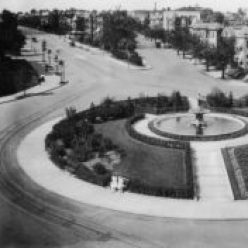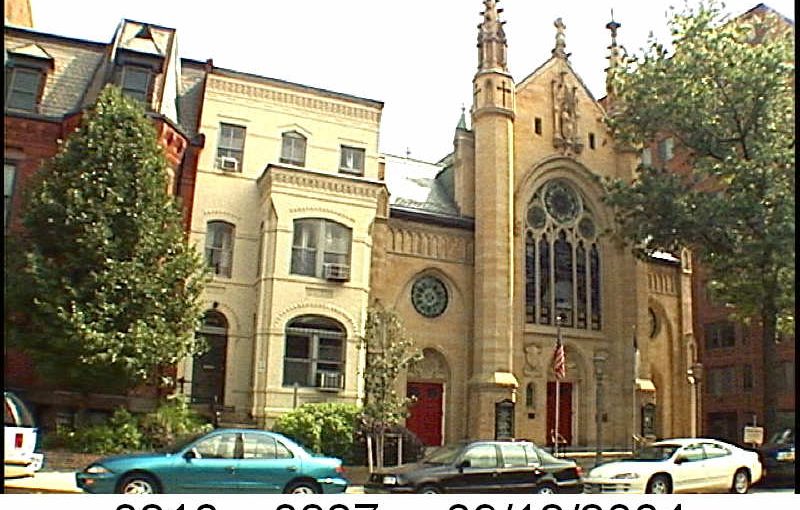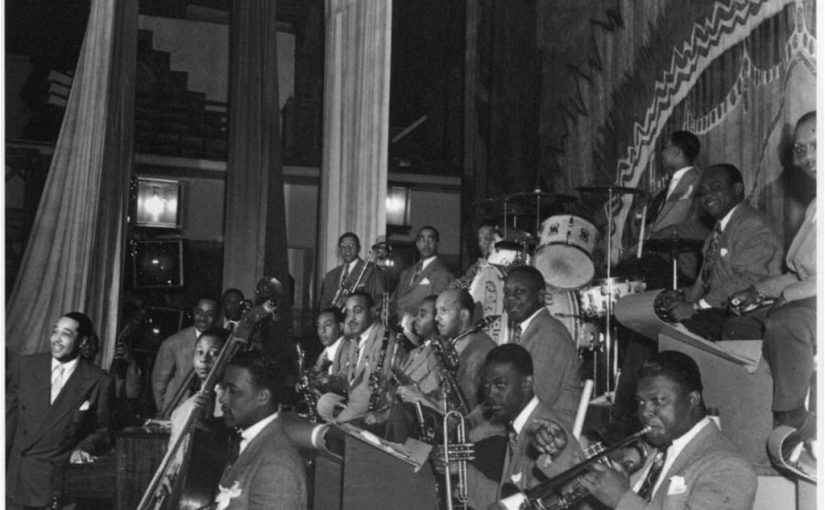UPDATE- Picture added.
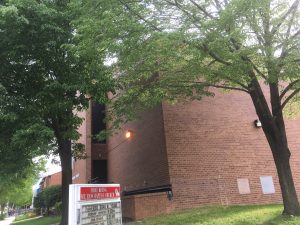 This is going to be a quick one, and I don’t have a picture.
This is going to be a quick one, and I don’t have a picture.
First Rising Mt. Zion, just looking at the 1957 survey answers appears to have been a more working-class Black church, where many of the members lived in the urban renewal area. With the previous surveys for other Black churches in Shaw, I was seeing a more middle-class group and began forming a theory behind it, and then this shows up in the rotation and blows that theory to heck.
CS-2-First Rising Mt Zion by Mm Inshaw on Scribd
Well, this survey and the church’s own history. The 1957 survey has Rev. Ernest Gibson as the head pastor, and when we drop down to his tenure as the shepherd of the flock their history has this to say.
Rev. Ernest R. Gibson, Sr. was called as the second pastor of First Rising on January 14, 1952 and began his tenure of service on February 3, 1952. He came to First Rising with his wife, Mrs. Etta C. Gibson, and three children, Ernest, Jr., Delores and Mark. During Rev. Gibson’s tenure, payments on the property at 1215 8th Street, NW were completed in 1952. In December 1954, the red brick church on the corner of 6th and N Streets, NW was purchased; the second trust of the church was paid off on October 22, 1966, and the mortgage burning ceremony was held on Sunday, May 21, 1967.
So in 1957, they were kinda new to the block. Their previous location of 1215 8th Street NW is currently somewhere inside the Convention Center. They moved around a little bit since their founding in 1939.
Okay, back to the demographics of the church. It was an African American church with a large unskilled manual labor workforce membership (62%). The professionals (5%) and white collar (15%) parishioners were a smaller percentage. Considering the economics of the neighborhood in 1957, it would make sense that the church would draw its working class membership from the surrounding area.
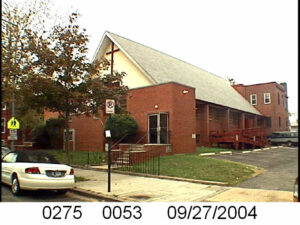 So once again I dip into the 1957 Northwest Urban Renewal Area Church Survey, this time it is Twelfth Street Christian Church tucked back at 1812 12th Street NW.
So once again I dip into the 1957 Northwest Urban Renewal Area Church Survey, this time it is Twelfth Street Christian Church tucked back at 1812 12th Street NW.